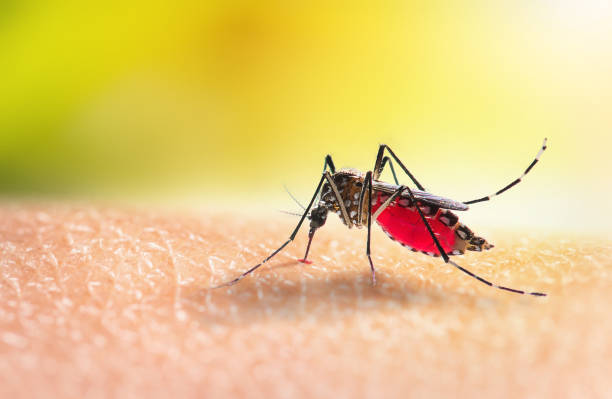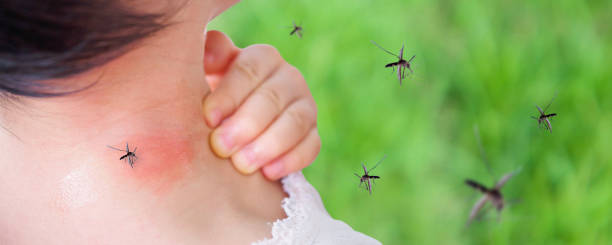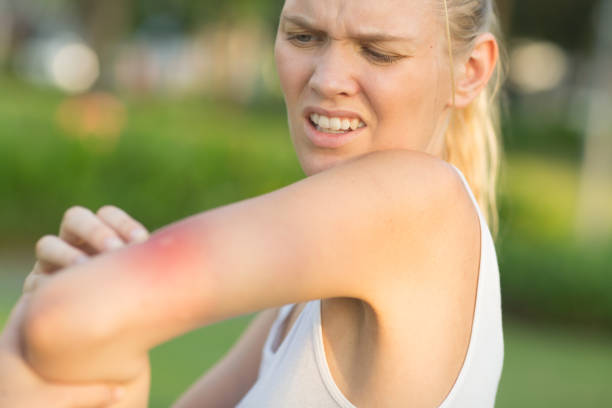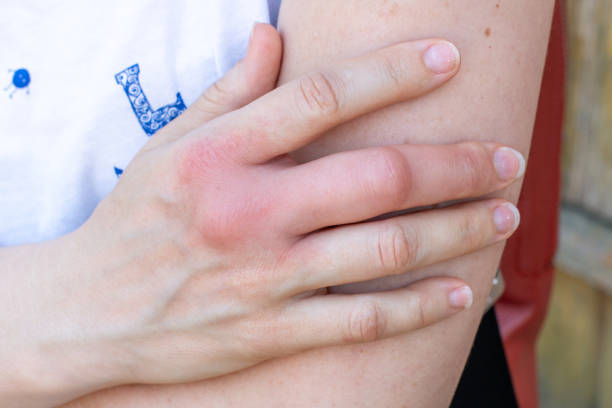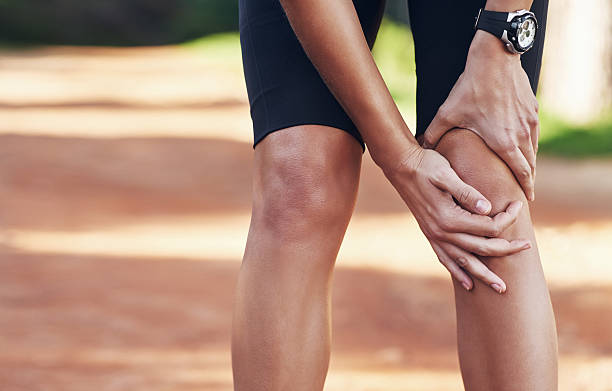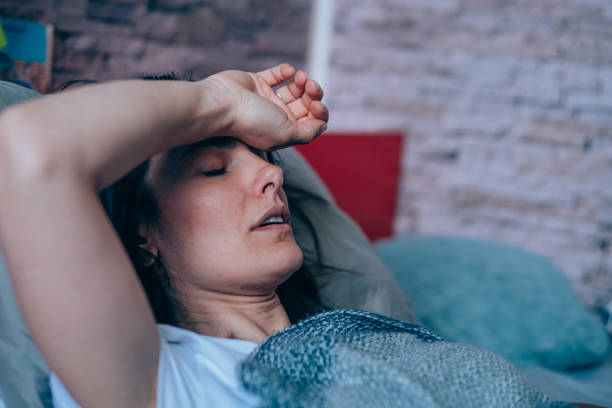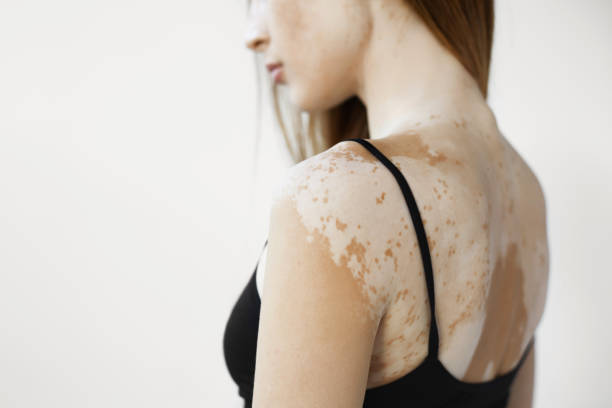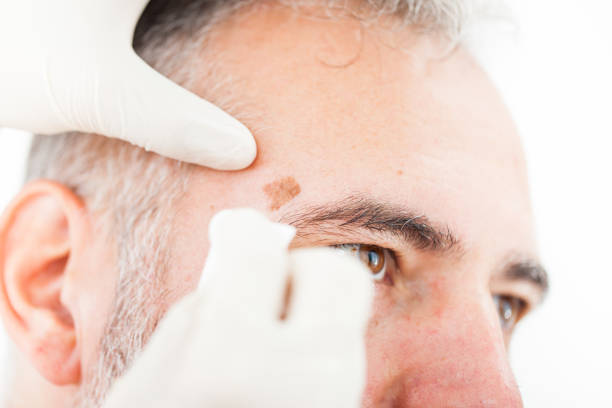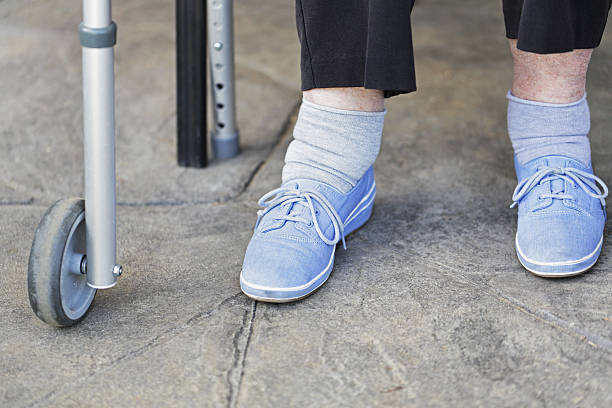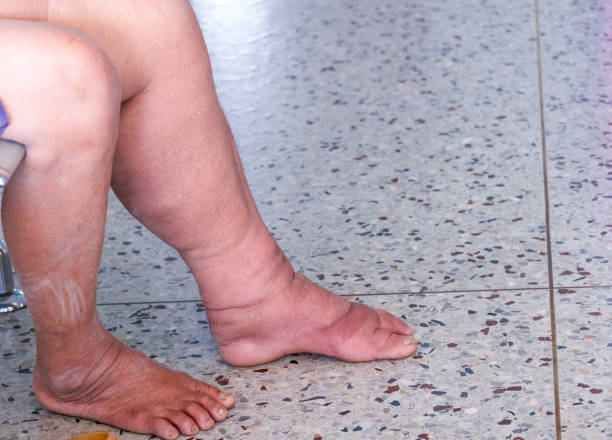Natural home remedies for the flu can help relieve the symptoms of the flu. Wintertime is flu time. Especially in the cold season, the immune system is weakened, often due to a vitamin deficiency and one is more susceptible.
Unlike a cold, the flu is always a viral infection. Some plants contain a natural antibiotic and can have a supporting healing effect. It’s always a good idea to see a doctor if you get the flu, but there are home remedies to help with recovery.
Symptoms of the flu
A wide variety of symptoms can develop when you have the flu. Possible symptoms include exhaustion, body aches, sore throat and earache, headache, fever, watery eyes, nausea, cold, and cough, as well as chills and a pronounced feeling of illness. The symptoms usually appear suddenly and a mild, moderate, or severe course is known. If the flu is real, the doctor will take a throat or nasal swab to check for the flu.

Causes of influenza
The real flu (influenza) is an infectious disease that is transmitted by droplet infection, in contrast to a common cold. Shaking hands, kissing or sneezing can transmit the virus. Since viruses also survive outside the body, you can also get infected from infected objects such as door handles or telephone receivers. Above all, small children, the sick, and the elderly are particularly at risk. A healthy immune system can take it, but when it’s weakened, you become particularly susceptible. Frequent hand washing, a diet rich in vitamins, and plenty of exercise in the fresh air have a preventive effect.
Natural home remedies for flu
Preventive and symptom-relieving home remedies against flu from nature help to alleviate the symptoms of the flu. If you have been infected, you should above all take care of yourself. Rest and bed rest contribute to the healing process. A red light lamp can also do good work, especially if the sinuses are affected.
1) Garlic
The remedy garlic is only known to a few as such. But it has an antibiotic effect. If you can tolerate it, it is chopped up very small and eaten raw. You can rinse it off with some vegetable broth, you can add two to three cloves of garlic several times a day. They can also use it to get rid of coughs.
2) onion broth
Onions are also said to have a natural antibiotic effect. For a broth, boil two peeled and finely chopped onions in water, you can also salt the broth lightly. The broth is then strained and drunk lukewarm in small sips. The broth is best taken several times a day. This is a good remedy for a sore throat.
3) Warm lemon
The citrus fruit is rich in vitamin C and also has soothing properties. It strengthens the body’s defenses and is simply good for the flu. Squeeze out the juice from a lemon and pour hot water over it, sweetening with honey if you like. The hot lemon is also drunk several times a day.
4) Eucalyptus bath
Essential oils have a broad spectrum of effects and can also be used to treat the flu. It is important to ensure that it is pure essential oil. A few drops of eucalyptus oil are mixed with honey or cream (as a natural emulsifier). This makes the oil water-soluble and it can be absorbed by the skin. In addition to the relaxing effect, the eucalyptus bath also has healing properties and a beneficial effect on the respiratory tract.
5) radish with honey
The radish is also said to have a natural antibiotic effect. For curative use, simply cut a white radish in half and hollow it out. Then you put honey in the hollowed out and let it steep. This creates a liquid that you can spoon out later.
6) Thyme Tea
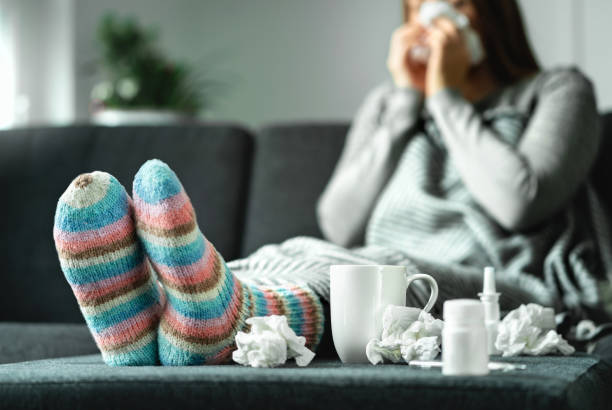
Thyme tea is a tried-and-tested household remedy and has also proven effective for flu symptoms. It’s best when you can use fresh thyme, but dried thyme also works well. For a tea, hot water is poured over the herb and allowed to steep for 7 minutes. Sage has a similarly good and healing effect.
7) Chicken Soup
Chicken soup is a tried and tested home remedy for all colds. US scientists have confirmed the anti-inflammatory properties, cold symptoms can be reduced. The soup has a beneficial effect on the mucous membranes. In addition, when you have the flu, you often do not have a large appetite and easily digestible food is cheap anyway. For one recipe variant you need:
- A soup chicken
- Bunch of soup greens
- A dash of pepper and a lemon
- A glass of granulated soup stock
- The soup chicken is boiled in water until cooked. Then you take it out and l

